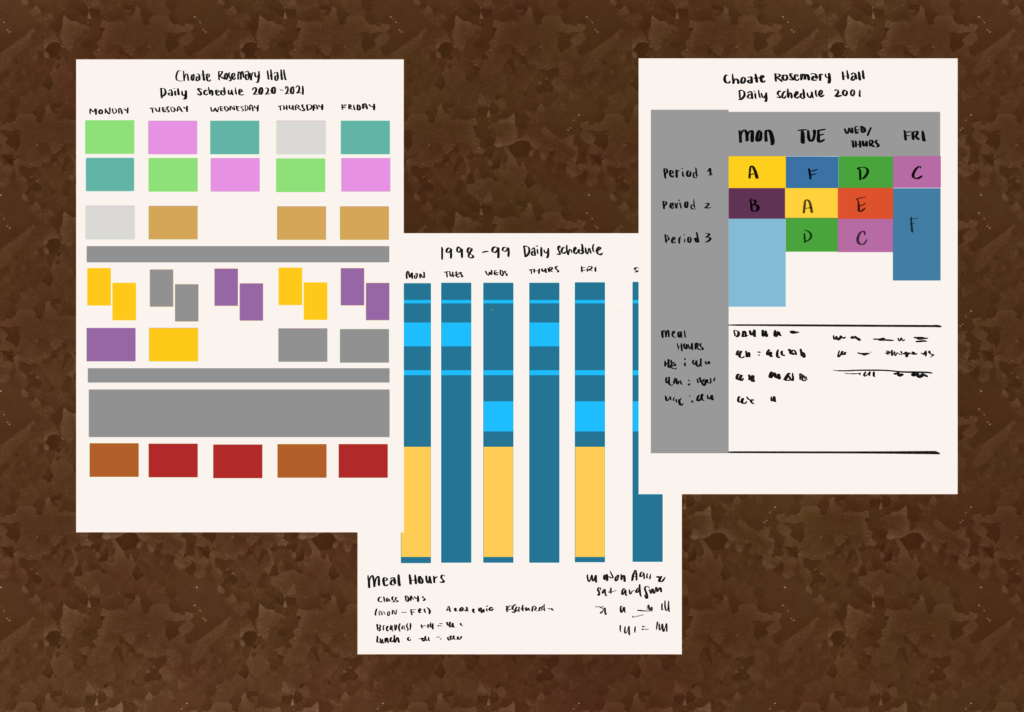Small things have always gotten the short end of the stick. However, the hottest new trend of micro-living has introduced many to the luxury of living small. Ms. Casey Kelsey is experiencing small living firsthand as she resides in her tiny house by the Kohler Environmental Center.
Ms. Kelsey, a science teacher and girls’ crew coach, built her own tiny house this summer. Tiny houses are about 400 sq. ft. or less and have gained popularity in recent years as an example of minimizing environmental impact and decreasing material posessions. Unlike a similarly-sized apartment, the structure is its own individual unit and is often built on a trailer or wheels for mobility.
Motivation to build her tiny house came from many different thoughts, explained Ms. Kelsey. She said, “I’ve always just liked small spaces. When I was little I wanted to move into my tree house; my parents refused, but I’ve wanted to build one for awhile.” Ms. Kelsey elaborated, “It was partially environmental reasons, partially because I like projects, and partially because I just wanted to do it!”
Buying a small house costs about half the amount of buying a normal house, but building a small house costs even less. The 8 feet by 24 feet house is very cozy for Ms. Kelsey and Franklin, her puppy. Ms. Kelsey began building on June 15, using materials from Home Depot and Craigslist. On August 28, Ms. Kelsey was ready to bring her house from New Hampshire to Choate.
What does living in such a small house feel like? Ms. Kelsey answered, “It feels a lot like living in a normal house. It’s not that small for one person—it’s a normal apartment size for one.” Ms. Kelsey designed the framework of the house. After reading an intriguing book about houses, she sent her plans to a friend who is an architect: “He was the one who said there should be big braces and putting in the ceiling and floor on the diagonal, because there’s this problem with any square structure: if you push on a corner it can fall over, and that’s called racking.” Ms. Kelsey continued, “In normal houses that is prevented by having interior walls to stabilize the structure, but as you can see I don’t have many full interior walls.” Another cool feature of the house are the high and low windows. Ms. Kelsey incorporated those “so that there would be passive cooling through the house, and I don’t have to turn the lights on until it gets dark.”
Ms. Kelsey admits that building the house was stressful at times. “Building a house is a huge endeavor.” She continued, “there are so many parts that go into it: the electrical, the heat, the gas, the plumbing. I learned a ton.” She pointed to the front of her house and said, “My water comes from a hose system in the garden, my gas comes from a gas tank in the front, and my electrical all comes from solar on the roof.”
As Ms. Kelsey showed me around her house, I could only say, “cool.” Her house is about the size of my dorm room! And to think: in order to move her house, all Ms. Kelsey has to do is rent a truck and then she can transport her house to wherever she pleases.
Ms. Kelsey and her house will remain on campus as she teaches; perhaps her house can be a lesson in itself.





